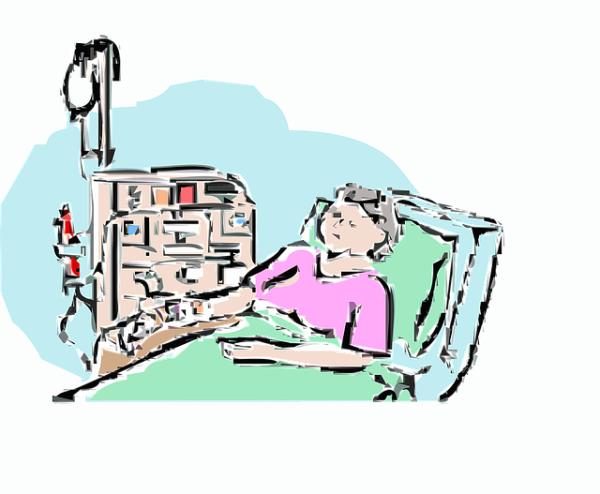Hospice care focuses on patient comfort during their last months of life differing from palliative care in that there is no longer any focus on “curative treatment.” Medicare has provided this benefit since 1983 requiring a physician to certify that the patient has a life expectancy of six months or less. But because it is difficult to predict when we might die, there is no limit on the actual time spent with hospice care.
The hard and fast requirement is stopping curative treatment, but only for their terminal illness. For a person with cancer, they can continue to receive care for their hypertension, diabetes or heart disease. But cancer for a hospice patient cannot be cured, “curative” is the wrong word, the patient is only foregoing treatment to extend life.
- Research on patients with congestive heart failure, lung, pancreatic, or colon cancer usually live longer, with a better quality of life having chosen hospice over continued “curative” treatment.
- The average length of hospice care is less than 60 days, for a half, it is 26 days and for almost a third, seven days or less.
- Utilization for hospice has risen from 26 to 47% by 2012 for Medicare beneficiaries with one very significant exception, patients with end-stage renal disease (ESRD) requiring dialysis – a form of chronic life extension or support.
ESRD
In the final stages of renal disease, the kidneys are no longer capable of removing fluid and toxins; dialysis fulfills that role. Without dialysis, these patients die, generally within a week. And while it may seem odd, withdrawing that care is different, has a higher hurdle, for patients, families, and physicians. It is often easier to not start treatment than to stop treatment – the former seems more passive, the latter more active.
Recent studies have shown that for ESRD patients, hospice utilization has increased but to a little more than half that of Medicare beneficiaries in general, 26.7%. More concerning is how short that hospice care was, two-thirds of ESRD patients electing hospice care had a week or less twice the percentage of other beneficiaries. These short periods of care are problematic, more extended periods of hospice care result in better pain control and support for the emotional needs of patient and family. [1]
There are many reasons for why ESRD patients utilize hospice less and for shorter intervals. First and foremost is that they must stop dialysis. For a patient with cancer or heart failure, death may occur weeks or months after stopping treatment; there is a real pause between the decision and the outcome – time blurs cause and effect. Not so, for dialysis – a week is long enough for there to be an obvious cause and effect relationship, a relationship which may be difficult for the patient to manage or to feel they are placing an additional burden on their families.
Another factor is the pathway ESRD takes in a patient’s life. It is a disease that has shifted dramatically, slowed to the point of being a chronic illness, punctuated by complications and recovery, although the quality of recovery declines with time. For patients and families, it is a disease of the dwindles, each incremental step logical at the time, but cumulatively bereft of quality, hours and days spent going to, on, or returning from dialysis, seeing physicians, sitting in emergency departments, having “procedures” or lying in hospital beds.
Nephrologists, physicians trained in the care of kidney disease, frequently acts as the primary caregiver, but these patients have multiple physicians whose concerns and belief are not necessarily aligned, making it difficult for the “team” to speak as one patient advocate.
End-stage renal disease speaks to a problem of modern medicine. Technology, multiple autonomous specialists, and regulations based on words, rather than needs result in unintentional harm, in this instance making it more challenging to provide comfort to our patient’s with ESRD. We need to change the rules, and allow patients to continue dialysis as they enter that slow goodbye, we have brought them so far, why do we abandon them at the end?
[1] Hospice care is frequently less expensive reducing hospitalizations, procedures, and other care, but introducing economics shifts the entire conversation towards a fantasy, of “rationale” patients, families, and physicians. They exist on paper, but not in the real world.
Sources: Association Between Hospice Length of Stay, Health Care Utilization, and Medicare Costs at the End of Life Among Patients Who Received Maintenance Hemodialysis JAMA DOI: 10.1001/jamainternmed.2018.0256




